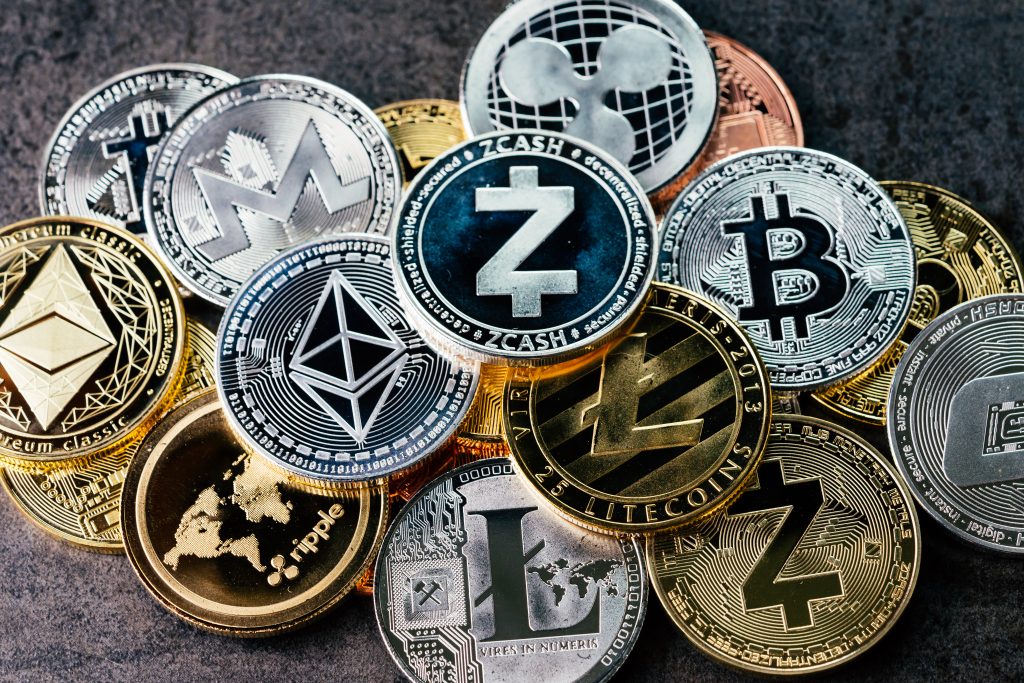Ever thought about your investments losing value before inflation even kicks in? It might sound bizarre, but negative nominal returns aren’t just a financial myth. Understanding how and why they occur can make all the difference in safeguarding your money during turbulent times. Ready to dive into the unexpected world of negative returns? Let’s explore what drives this surprising phenomenon. For a better trading experience, you may want to click at this source.
Theoretical Foundations: Can Nominal Return Fall Below Zero?
Exploring the Concept of Negative Nominal Returns
Negative nominal returns might seem strange at first glance. After all, who would expect to lose money on an investment before even considering inflation? Yet, this is not just a theoretical curiosity. It’s something that has happened, and understanding why it can occur is important. Nominal return, simply put, is the percentage of gain or loss on an investment without adjusting for inflation.
So, can this number actually dip into the negatives? Absolutely. One reason is the impact of deflation, which can reduce the price level of goods and services. Another reason could be the low or negative interest rates set by central banks to encourage spending.
These rates can lead to situations where the nominal returns on savings or bonds turn negative, especially after fees and other costs are deducted. Think about it like paying someone to hold onto your money, expecting safer times ahead.
Have you ever heard about bonds that promise to return less than what you put in? It’s not fiction. This kind of return is usually seen in times of economic stress when investors are more concerned about preserving capital than making a profit. So yes, while uncommon, nominal returns can indeed be negative.
Mechanisms Leading to Negative Nominal Returns
Economic Recessions and Their Impact on Nominal Returns
During tough economic times, like a recession, markets don’t behave the way we expect. Picture this: Businesses are struggling, consumer spending is down, and overall economic activity slows. It’s like trying to run a marathon in quicksand. Central banks often step in, slashing interest rates to stimulate the economy. But this can lead to an unusual scenario—negative nominal returns.
When interest rates dip near or below zero, investors might find that the interest earned on savings or bonds is less than the fees and costs associated with those investments. Essentially, your money could be worth less tomorrow than it is today.
This isn’t a common occurrence, but when it does happen, it’s a clear signal of an economy in distress. Investors might choose to accept negative returns as the price of keeping their money safe from even greater losses.
Influence of Deflationary Pressures on Nominal Interest Rates
Deflation can also drag nominal returns into negative territory. When prices fall, the value of money increases, which might sound good, but it also means that the real burden of debt becomes heavier.
Imagine trying to climb a hill that gets steeper every minute. To counteract this, central banks might push interest rates down, even into negative numbers, in an attempt to encourage borrowing and spending.
This action, while helpful in staving off deflation, can lead to negative nominal returns, especially on safe-haven assets like government bonds. In such cases, holding cash or low-risk investments might result in nominal losses, but the alternative—investing in riskier assets—could be even worse.
Central Bank Policies: When Interest Rates Go Negative
Central banks play a crucial role in shaping nominal returns. In extreme cases, they may implement negative interest rates, a policy designed to stimulate economic activity by making it costly to hold onto cash. It’s like being charged a fee for storing your money in a bank. This is rare but not unheard of.
The European Central Bank and the Bank of Japan, for example, have ventured into negative rate territory. This policy aims to push banks to lend more, driving economic growth. However, for savers and conservative investors, it can lead to a scenario where they receive less than they originally invested.
In these cases, the nominal return is negative because the bank or bond issuer is effectively charging for the privilege of holding your funds. It’s a tough pill to swallow, but sometimes, in an effort to jump-start a sluggish economy, negative nominal returns become a reality.
Negative Nominal Returns in Practice: Case Studies and Real-World Examples
Negative Yield Bonds: A Case of Negative Nominal Returns
Negative yield bonds are one of the most tangible examples of negative nominal returns in practice. Let’s say you buy a government bond for $1,000, but by the time it matures, you only get back $990. It feels like paying someone to borrow your money, right?
Yet, this scenario has played out in several developed economies, especially in Europe and Japan. These bonds are usually issued by governments with strong credit ratings during times of economic uncertainty. Investors flock to them, not for the returns, but for the safety they offer in preserving capital.
It’s a classic case of “better safe than sorry,” where the security of principal takes precedence over earning interest. While the idea of getting less than you invested might seem counterintuitive, it can make sense when the alternative—putting money into riskier assets—could lead to much larger losses.
Currency Depreciation and Its Effect on Nominal Returns
Currency depreciation can also lead to negative nominal returns, especially for international investors. Imagine investing in a foreign bond that promises a 2% return. However, if the currency in which the bond is denominated falls by 3%, you’re left with a net loss when converting back to your home currency. It’s like being in a leaky boat—no matter how fast you bail out water, you’re still sinking.
This scenario is common in emerging markets, where currency fluctuations can be severe. Investors must be cautious, as even positive returns on paper can turn negative once currency movements are factored in. It’s a reminder that nominal returns are not just about the percentage gains or losses—they’re also about the currency in which those returns are realized.
Conclusion
Negative nominal returns might seem like a bad dream, but they’re a reality in today’s complex financial world. While rare, understanding their causes helps us make smarter investment decisions. Staying informed and seeking expert advice is key—because even when the numbers look bleak, there’s always a way to navigate through.
Disclaimer: The views and opinions expressed in this article are those of the authors and do not reflect those of Geek Vibes Nation. This article is for educational purposes only.

Amanda Dudley is a lecturer and writer with a Ph.D. in History from Stanford University. After earning her doctorate in 2001, she decided to pursue a fulfilling career in the educational sector. So far, she has made giant strides by working as an essay writer for EssayUSA, where she delivers high-quality academic papers to students who need them.






